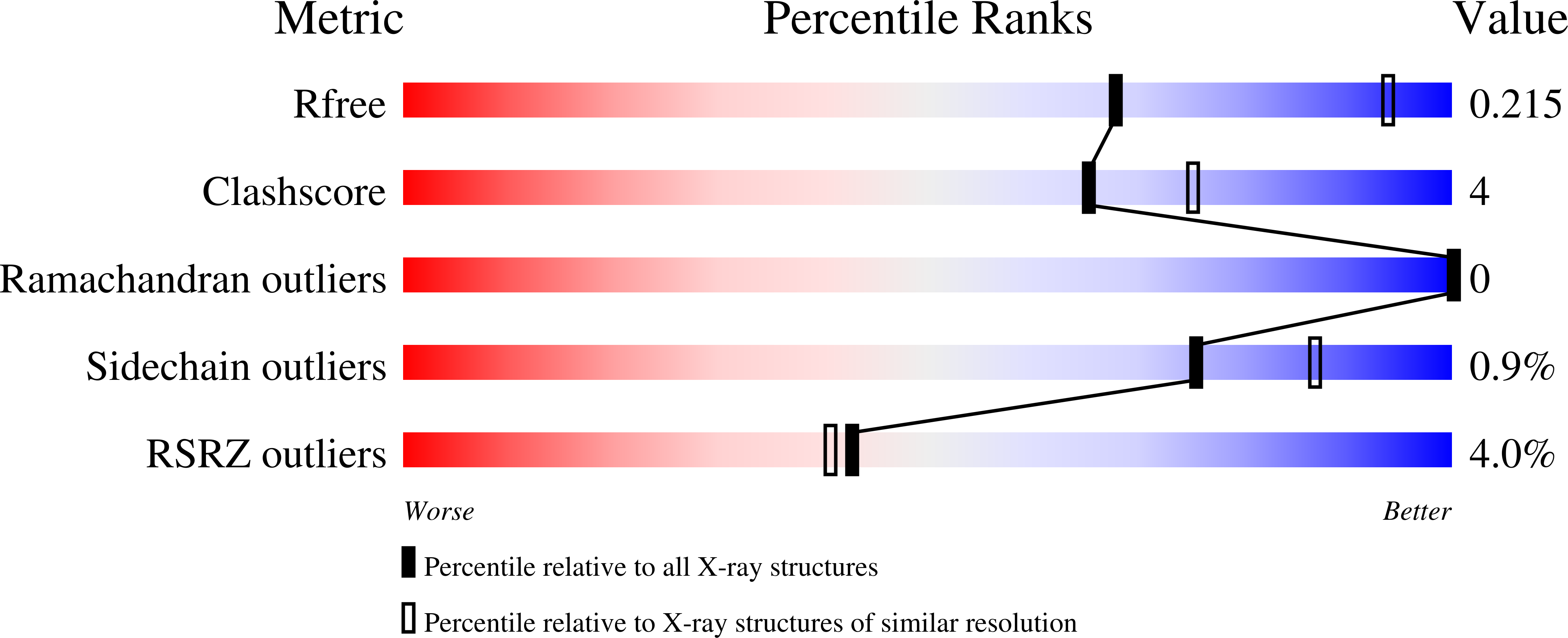
Deposition Date
2025-02-27
Release Date
2025-06-04
Last Version Date
2025-07-02
Entry Detail
Biological Source:
Source Organism:
Streptomyces coelicolor (Taxon ID: 1902)
Host Organism:
Method Details:
Experimental Method:
Resolution:
2.64 Å
R-Value Free:
0.20
R-Value Work:
0.18
R-Value Observed:
0.18
Space Group:
P 43 3 2


